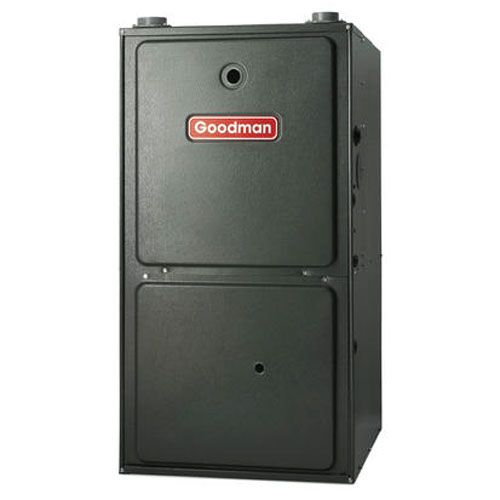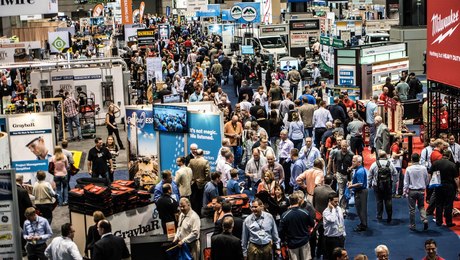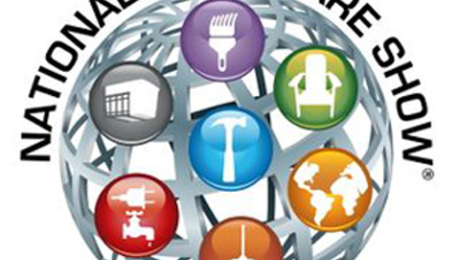
Aaron Vander Meulen zeroes in on a key question in this week’s Q&A Spotlight: After making energy related improvements at home, is there any way of knowing exactly how much lower heating and cooling costs will be?
His parents have replaced their furnace with a new model running at 95% efficiency, and while they are seeing lower energy bills Meulen sees more questions. Wouldn’t a definitive answer on energy use rely on the heating degree days of a particular year, or how a gas water heater might affect energy consumption?
Meulen gets two points of view at GreenBuildingAdvisor’s Q&A forum. One side argues that while it’s possible to get a pretty good idea of how much energy can be saved, there are too many variables to make iron clad guarantees. The other side thinks the variables shouldn’t be significant.
Just as interesting is the question of whether contractors who make energy retrofits to houses should be predicting energy use after improvements, or telling homeowners how long it will take to recoup the cost of the upgrades.
Read the whole article at Green Building Advisor.
Further Resources
KB Home’s “mileage sticker” for household energy use
Energy efficiency at the right price
Fine Homebuilding Recommended Products
Fine Homebuilding receives a commission for items purchased through links on this site, including Amazon Associates and other affiliate advertising programs.

Reliable Crimp Connectors

8067 All-Weather Flashing Tape

Handy Heat Gun

Will our new 95% AFUE furnace save us any money? Evaluating insulation upgrades and HVAC systems may be a matter of comparing apples to oranges.


























View Comments
Hi Scott, great article! First step in making our home appliance more energy efficient is always measuring how much energy your current household products are consuming. There are power extension blocks that can help measuring exactly that. It is sad that not many people try to measure the energy consumption of individual consumer products like furnace you mentioned. For example anyone can buy a PwrUSB power strip with a built in meter to see how many watts are being consumed by the attached electrical devices. I found there are many such products on Amazon alone selling for $50-$70 a piece. I think once we know the energy consumption patterns we can automate the process of turning those on and off during the time we actually use them.
I automated the the computer uptime of my office's file server by setting up few pwrusb extension blocks and programmed those to shutdown the PC at 5:15 PM everyday. Knowing that there are not a single PC running for nothing at night because my employees forgot to shut it down gives me peace of mind.
Trying to save precious energy and reduce our carbon footprint take will power, efforts and time. But there are so many products that can help us save energy in our everyday lives these days - there shouldn't be any excuse!